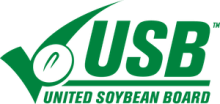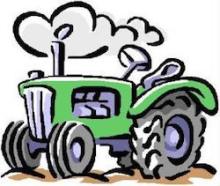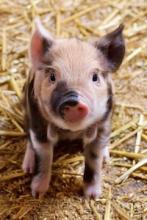United Soybean Board: Poor Farm Connectivity Threatens Productivity, Sustainability
Farmers depend on Internet connectivity like any other businesses for daily office tasks such as record keeping, reporting, banking, and marketing. This dependency stretches further as daily farming productivity depend on GPS-based applications that enable real-time data collection giving accurate information on soil fertility, field mapping, and other farm-related tasks. An October 2019 report from the United Soybean Board (USB) describes how poor connectivity is striking at the heart of America’s agricultural industry.
Profitability and Sustainability: Threatened
The report, titled Rural Broadband and the American Farmer [PDF] reveals that 60 percent of U.S. farmers and ranchers do not have adequate Internet connectivity to run their business and 78 percent do not have a choice in Internet Service Providers (ISPs). The USB study touches on how poor Internet connectivity in rural parts of the country has negatively impacted profitability and sustainability in farming.
Among 2,000 farmers surveyed by the USB, 59 percent of farmers plan to incorporate more data onto their system and 28 percent are considering more data usage. Most also want to use high-tech and data transfer applications but the impact of poor connectivity and unreliable Internet service does not allow them to do so. Michael H., a soybean farmer in south-central Louisiana said that, “Without the right support network, we can’t even consider taking advantage of getting real-time information from one piece of equipment to another.” Up to 33 percent of farmers said poor connectivity has affected their equipment purchases.
The U.S. Department of Agriculture Economic Research Service reports that farming productivity contributes nearly $133 billion to the U.S. gross domestic product (GDP) but lack of connectivity has heavily impacted farmers to contribute only $80 billion.
Arkansas soybean, cotton, and corn farmer Vonda K. explained:




